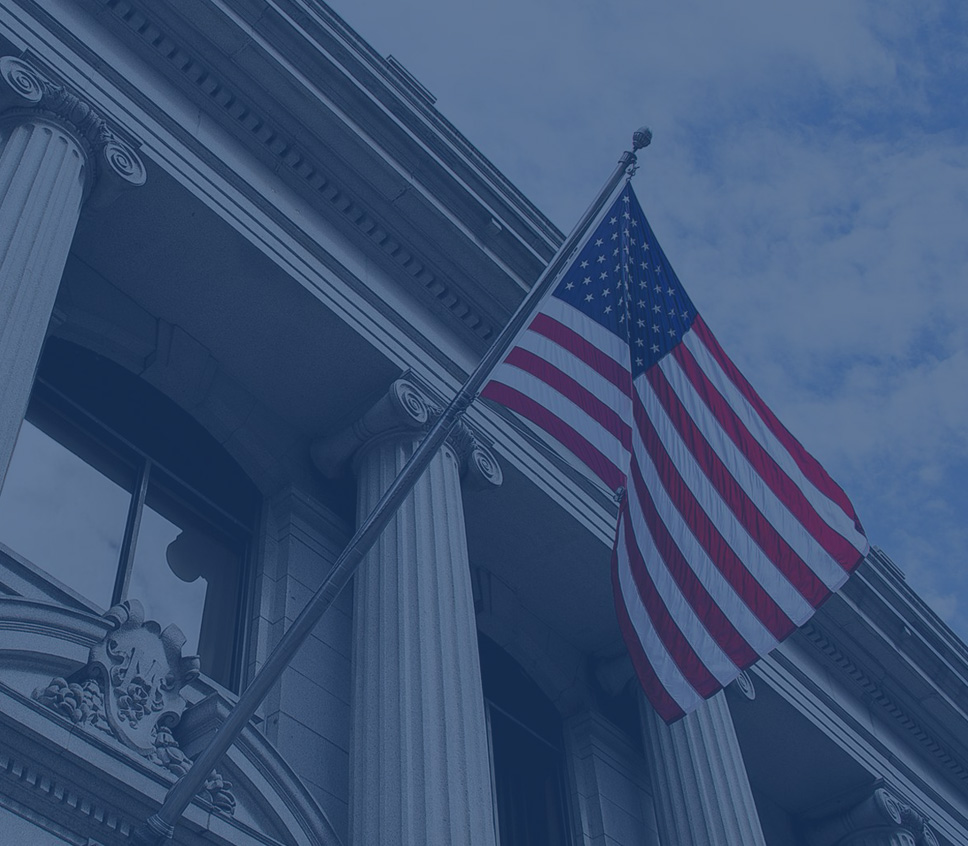
Q & A's for Entrepreneurs and Startups
What is the best visa for an entrepreneur/start-up?
It depends. Is there already an established company abroad vs if starting from scratch in the U.S.? Is the applicant the owner vs. employee/manager?
What if there is already an established company abroad?
Then you have a lot more options. You can consider E, L, H-1B or O.
What if there is no company abroad and a wholly new company will be established in the U.S.?
Then you cannot do L and probably O is out. And most likely H-1B will be very difficult. But E is definitely an option depending on how much you are willing to invest and spend on the U.S. company.
Could you briefly describe the differences?
It’s difficult summarize and cover all of the requirements, but generally:
- E-2 is an investment visa for certain treaty country nationals. U.S. startup that is owned by a qualifying foreign national or a foreign company can register as an E company. If individual owner, then he/she would apply as the principal investor. If a company is the parent owner, then the executive/manager would apply as an employee. The biggest restriction for E-2 is the amount of investment and nationality.
- L-1A is for an intercompany transferee executive/manager of a multinational company. The foreign company and U.S. startup needs to share at least 50% ownership. The transferee can be an owner.
- O-1 is for “extraordinary” entrepreneur. The foreign national can be an owner of the U.S. startup but must show accomplishments as an entrepreneur – awards (grants/investments), publications about his work/business/entrepreneurship, authorship of professional articles, past or future critical role in entities/organizations of distinguished reputation, memberships in distinguished associations, experience judging the work of others, and significant/important contributions to the field.
- H-1B is for a professional level employee of the U.S. startup. The “employee” cannot be an owner of the U.S. startup and the U.S. startup has to show the ability to pay the employee’s salary – there are requirements listed on the DOL website. A wholly-new company in the U.S. with no revenue will need to show funding from foreign parent company and/or investment funds. The most critical challenge is that H-1B is subject to an annual cap lottery and there is about 10-20% chance of making this lottery to even be able to apply for the H-1B visa.
Are You...
- Looking for legal advice?
- In need of a legal consultation?
- Looking for answers?
Murray Osorio PLLC is here to help you and provide legal guidance as needed.

Real People. Real Reviews.
"always offered our organization with the utmost professionalism"
How often for how long of a period can an entrepreneur travel to the U.S. on ESTA or B-1?
ESTA is for 90 days and B-1 is for 180 days. As long as you do not overstay these max periods, there is no set regulatory limit as to how often and for how long you can maximize your stays in ESTA or B-1 status. But CBP considers the following “suspicious behavior”:
- Spends prolonged time in the U.S. on ESTA or B visa
- Makes frequent entries with little time spent outside the US (“visa carousel”)
What are some consequences if CBP officer suspects activities in violation of ESTA or B-1?
There is a huge range of consequences:
- CBP may ask a list of questions at entry: "Are you working in the U.S.? Are you looking for a job? How are you supporting yourself in the US? How do you spend your free time in the US? Are you going to school? Where do you work in your home country?"
- You may be sent to secondary inspection (a back room) where you will be asked even a longer litany of questions. Usually, secondary inspection also includes various intrusions beyond questioning such as opening of suitcases; checking of cell phones and computers; and contacting friends in the U.S. to confirm the applicant’s story.
- Ultimately, you may still be let into the U.S.
- Or the CBP officer may cancel your visa and ask you to voluntarily withdraw request for entry and return home. This visa cancellation will remain on your immigration record and you will need to obtain a new visa stamp at the U.S. Embassy abroad before you are able to reenter the U.S.
- The worst case scenario is if the CBP officer not only cancels your visa but also issued an expedited removal. This will result in a 5 year bar from reentry into the U.S. or in some cases of misrepresentation, a lifetime bar. In order to revisit the U.S., you will need to apply for a waiver of the bar.

Our Locations
-
Fairfax,
Virginia -
Silver Spring, Maryland
-
Newark, New Jersey
